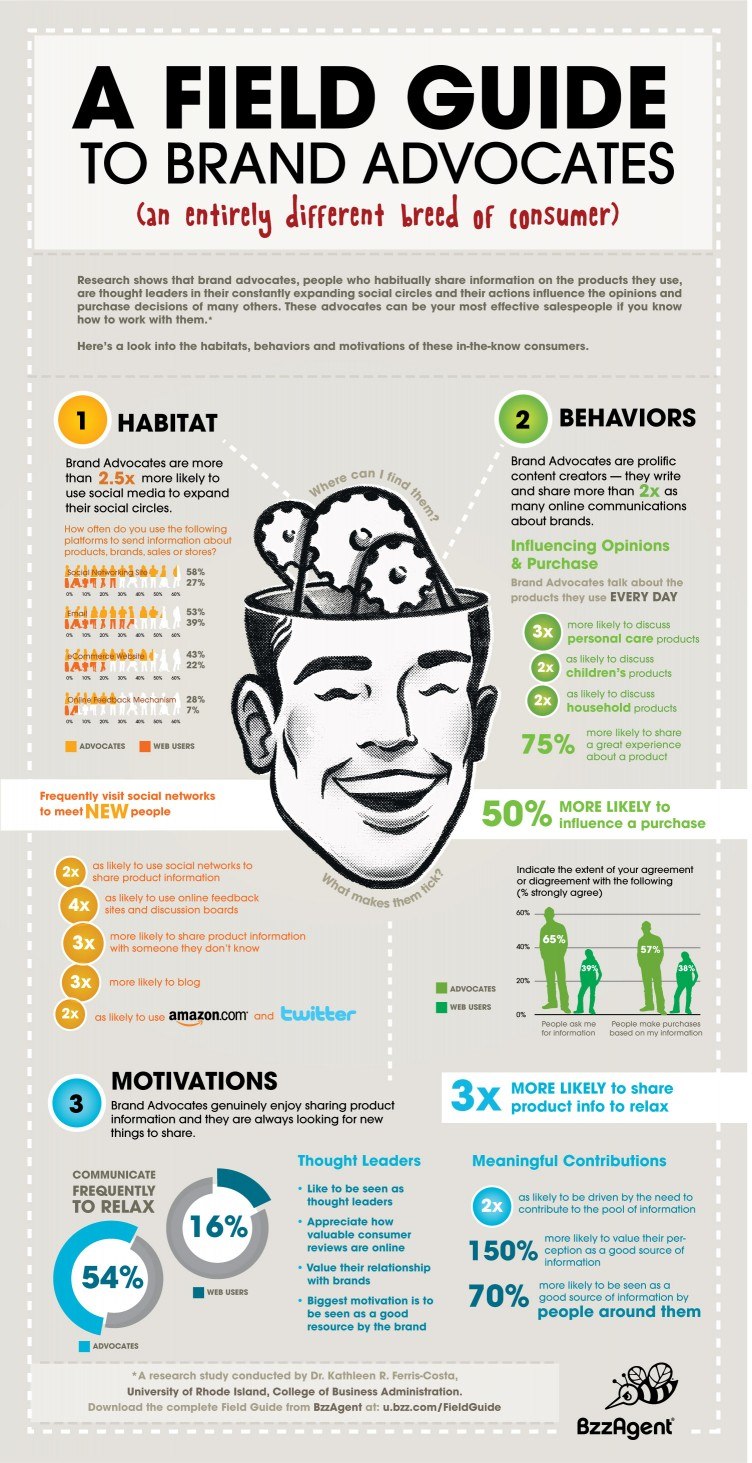You love your new client, but you hate their existing brand identity. Here’s how to approach it.

In the past week alone, 4 different people – designers, web developers, content writers – have all called me and said the same thing: “I’ve got this great new client, who have this really interesting product, but their brand identity is terrible. It’s so bad that I’m worried that whatever I do for them will end up being terrible too, and they’ll either be mad at me or I’ll be embarrassed to tell anyone I did it. What do I do?”
This is what I say:
1. Is it really as bad as you think?
If you’re ‘in the business’, you probably have some very decided ideas about the way marketing materials should look and feel. I myself can’t stand inconsistent fonts and colour palettes – they stick out like sore thumbs to me, they make me think that everyone involved with the company is unprofessional and highly un-detail-oriented, and I want to give the people responsible a stern talking-to.
But many times when I mention it to the client, it turns out that neither they, nor their stakeholders, have ever really noticed that there are 3 different fonts on their homepage. Their business is percolating along, with no noticeable gap in sales, and they’ve got bigger fish to fry at the moment. And so I have to step back and realize that I am not the target, I am more critical than the average person, and what I see as a ‘disaster’ isn’t, really.
2. Is it actually having a negative impact on the client’s business?
I think this website is terrible. The colours are totally 1990s, the site is loud and far too ‘sales-ish’, and I end up feeling that the guy behind it is far more interested in selling me stuff than in ‘helping’ me. But here’s the thing: This guy makes a lot of money (he famously retired at 35); lots of people love him; and I understand that his website does a fantastic job of sales conversion for him. In other words, the site is working – so it doesn’t really matter if I don’t like it, or respond to the story he’s telling.
The whole point of marketing is to drive the business goals. Unless you can demonstrate that your client’s brand identity is actively getting in the way of doing this, you may just have to accept that your client may in fact know what they’re doing.
3. Is there a good story underpinning a bad look and feel?
For years I worked with a company called Head2Head, and everyone hated their logo, which looked like this:

I inherited this logo – I didn’t create it. In fact, it was created by the founder, who famously drew it on a napkin (and painted it) in the very early days of the company. Initially, I hated it, too – but then I realized that (a) it had a nice backstory; and (b) it became a sort of interesting talking point.
Plus, it’s relatively easy to contain a difficult logo with good design:

See how nice and polished that looks? In fact, we often got compliments on our materials, and it didn’t matter if those compliments were followed by “…but I still hate that logo.”
(To celebrate their 10th anniversary, Head2Head renovated their brand identity, and it looks great – but now it has a different kind of backstory.)
4. What does the target audience think?
You may hate the look and feel of this website, for all kinds of reasons. But they “manufacture and supply researchers in the biomedical fields with specialized complex organic small molecules”, and I’m pretty sure their target audience doesn’t really give two hoots about how sexy their brand identity is – their brand equity and credibility is going to reside largely in word of mouth via scientists and whoever else cares about complex organic small molecules.
On the other hand, if you’re about to spend a huge amount of money on a custom-designed house, are you going to trust a guy whose sense of aesthetics resulted in this site? Not so much.
Before you start worrying about the brand identity, it’s important to remove yourself from the equation and insert the target market instead.
5. Is the current brand identity going to cause problems in the longer term?
One day last year, I got into a bit of a fracas with some woman on Twitter who took issue with my assertion that logos should never be black and white and brand identities should always include 4 colours in the official colour palette. She seemed to think that black-and-white logos and single-colour brand identities were just fine.
She was wrong, and here’s why: Successful businesses will eventually need all kinds of materials, from websites to infosheets to business cards to product line extensions and patented processes. All of these things require graphics, imagery, and a brand identity that retains consistency even when fresh ideas are added. If you don’t plan ahead, you’ll run into trouble later on – it’s almost impossible to shoehorn a new colour into a black-and-deep-red brand identity, for example. What’s more, without a broader palette and a couple of fonts, you run the risk of a monochromatic site that doesn’t give you anywhere to go, design-wise.
TOMORROW: How to guide a client to a better brand identity, even when they like the one they’ve got.






